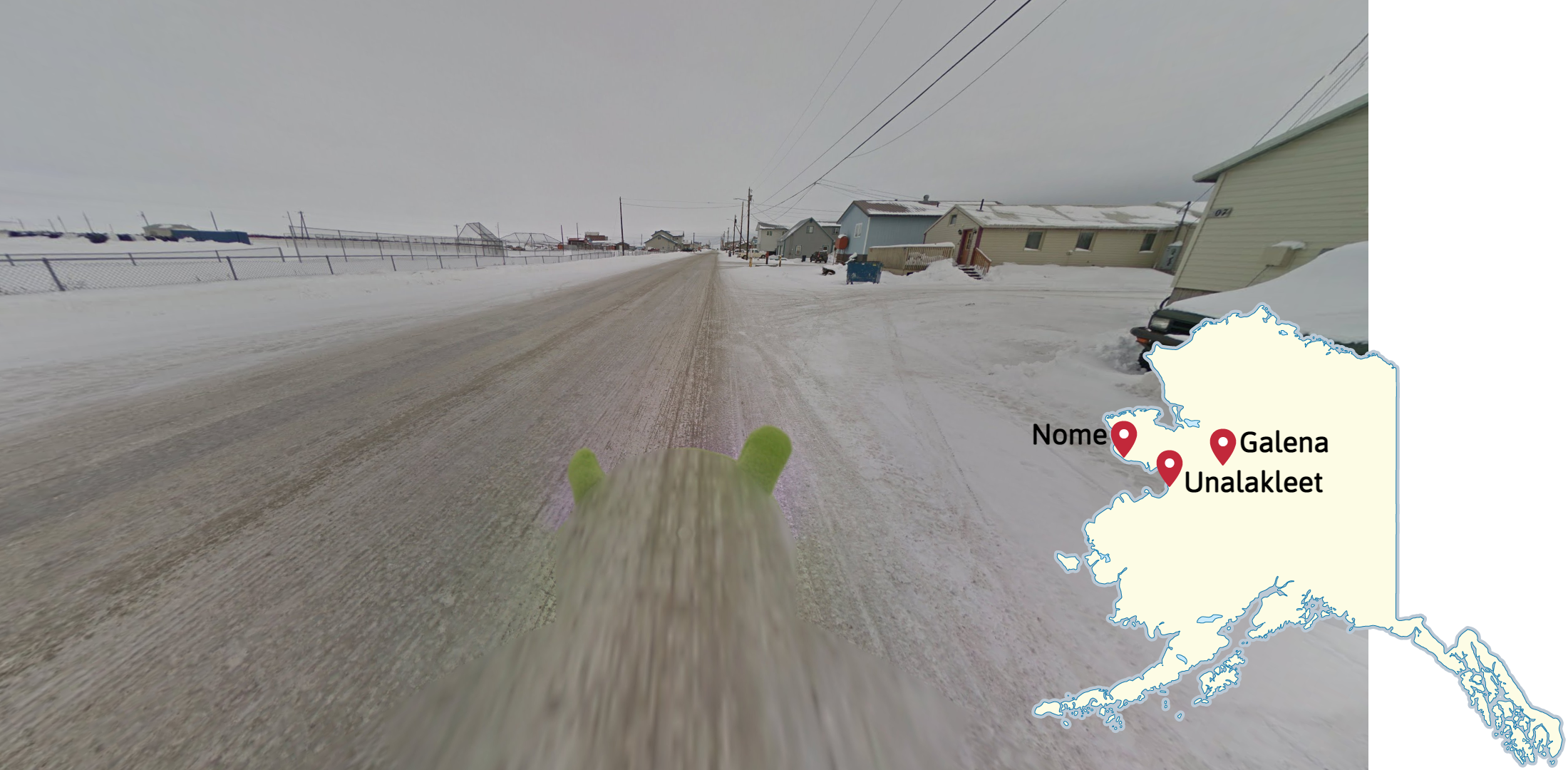
Alaska
Most of interior and northern Alaska lies in subarctic or tundra climate zones. These areas feature relatively low amounts of forest undergrowth and shorter trees.
The Alaskan towns in the Alexander Archipelago, on the British Columbia border have a unique look. Tall mountains with lush green forests can be seen in the background, with the majority of buildings made of wood. In addition, Generation 2 coverage is often overcast and misty.
NOTE: Coastal areas of Oregon and Washington can have a similar appearance in terms of landscape and foliage.
The only two major urban areas in Alaska are Anchorage and Fairbanks.
Most of the suburban areas in Alaska are in and around Anchorage.These areas feature wide roads, commercial districts, and sometimes heavy traffic. Mountains can commonly be seen in the distance.
NOTE: Fairbanks has some similar areas, but mountains are less prevalent.
Aspen trees (Populus tremuloides) can be found in lower elevation areas of interior and south-central regions of Alaska. These trees have white bark and rounded leaves.
Fire hydrants in Fairbanks are commonly either bright yellow or a combination of colours (most commonly yellow and blue).
The North end of the Dalton Highway features a flat and snowy landscape and an overcast sky. A small ridge of hills can be seen to the west of the highway in certain spots.
The Steese Highway is another gravel highway that goes from Fairbanks to the town of ‘Central.’ Similar to the Denali highway, this road runs generally east to west and is covered in generation 2. The difference, however, is that the mountains along this road are noticeably lower than the ones adjacent to the Denali Highway.
Highway 5, from the Yukon border to Tetlin Junction, can be recognized by the foggy, rainy weather, and Generation 2 camera.
NOTE: The Top of the World Highway on the Canadian side also has similar weather, but is mostly paved and has no outer lines, unlike the American side, which is only paved west of Chicken, and does have outer lines.
Nome, Unalakleet and Galena are three isolated Alaskan towns which are covered only by trekker. The trekker’s lime green hat or black and white beanie can be seen.
NOTE: The trekker’s black and white bandana can only be seen in Nome.


























